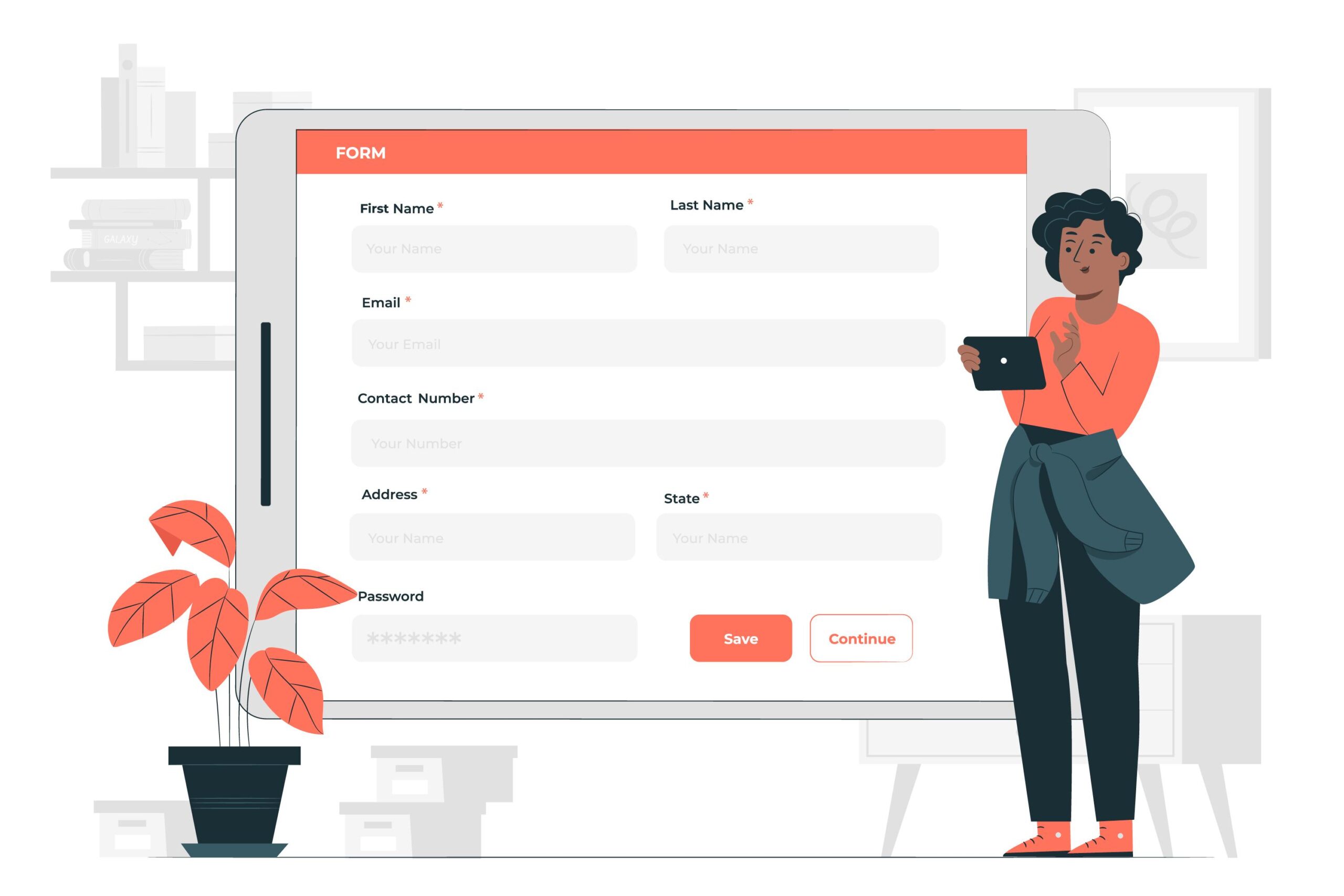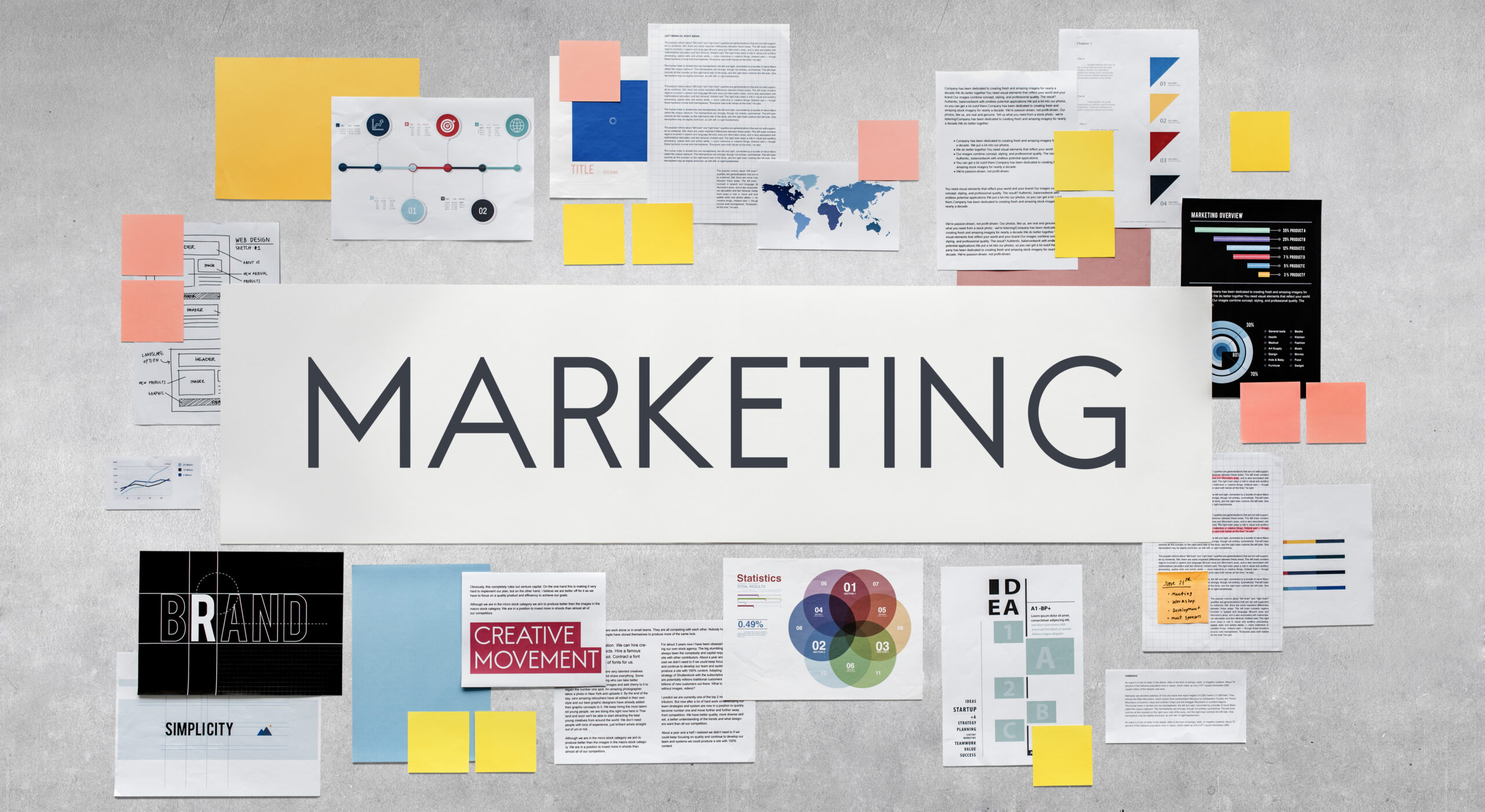Any digital marketing strategy must include landing pages as a key element. They serve as the first point of contact for potential customers and can make or break a campaign’s success. As a lead generation company or consultant, creating high-converting landing pages should be at the top of your list of priorities. In this article, we will outline 10 best practices for creating landing pages that convert visitors into leads and customers.
1. Define Your Target Audience and Their Needs:
The first step in creating an effective landing page is to understand your target audience and their needs. You need to identify the specific needs of your target audience and create a landing page that speaks to those needs. This will help increase the relevance of your landing page and increase the chances of conversion.
For example, if you are a lead generation consultant, you may want to create a landing page that speaks directly to the needs of businesses looking to generate more leads. You can identify their pain points, such as a lack of leads, and offer a solution that addresses those pain points.
2. Keep Your Landing Page Simple and Focused:
A landing page should be simple and focused on the specific offer or call-to-action. A statement that is easy to comprehend and clear should be present on the landing page. The landing page should not distract visitors with irrelevant information or graphics.
For example, if your landing page is promoting a free trial of your software, the page should focus solely on the benefits of the software and the steps required to start the free trial. You should avoid adding any other unnecessary information or distractions that may take away from the main goal of the page.
3. Create a Compelling Headline:
When visitors land on your page, they will see your headline as the first thing they view. Therefore, it is essential to create a compelling headline that captures their attention and conveys the benefits of your offer. Your headline should be clear, concise, and relevant to the needs of your target audience.
For example, if your landing page is promoting a new product, your headline should clearly state the benefits of the product and how it can solve a problem for your target audience.
4. Use High-Quality Visuals:
A landing page’s visuals are a crucial component. Use high-quality visuals that help communicate the benefits of your offer. Use images and videos that are relevant and engaging to your target audience.
For example, if you are promoting a new app, you can use screenshots of the app in action or create a video that shows how the app works. Visuals can help make your offer more appealing and increase the chances of conversion.

5. Provide Social Proof:
Conversion rate optimization can be greatly aided by social proof. Include customer testimonials, case studies, and other forms of social proof that demonstrate the effectiveness of your offer. Building credibility and trust with your visitors can be facilitated by social proof.
For example, if you are a website design services company, you can include testimonials from satisfied customers who have used your services. Potential clients may feel more at ease selecting your services as a result of this.
6. Use Clear Call-to-Actions (CTAs):
Any landing page’s most important component is the call to action (CTA). When expressing the advantages of your offer in your CTAs, be sure to use clear, concise language. It is important for the CTA to be visible and simple to locate.
For example, if you are promoting a free trial of your software, your CTA should clearly state “Start Your Free Trial Today” and be placed prominently on the page.

7. Optimize for mobile:
Mobile optimization is critical for any landing page. With more people using mobile devices to browse the internet, it is essential to ensure that your landing page is optimized for mobile. Make sure your landing page is responsive and can be viewed on any device. Use a mobile-friendly layout and make sure your text is easy to read on smaller screens. If your landing page is not optimized for mobile, you could be missing out on potential leads and customers.
8. Keep your form short:
If you are using a form on your landing page to capture leads, keep it as short as possible. Visitors are less likely to finish a form if it has more fields than necessary. However, it is essential to keep your forms simple and easy to complete. Only ask for the information that is necessary to complete the conversion such as name and email address etc. Too many form fields can reduce the chances of conversion.
9. Test and iterate:
Testing and iterating are essential to improving the performance of your landing pages. Consider A/B testing different variations of your landing page design and messaging to see what resonates best with your target audience. Use data to inform your decisions and make changes based on what is working and what is not.
10. Integrate with your marketing campaigns:
Finally, make sure your landing pages are integrated with your broader marketing campaigns. If you are running Google Ads services or Facebook marketing services, for example, make sure your landing pages align with the messaging and targeting of your ads. This will help ensure a consistent user experience and increase the likelihood of conversion.
In conclusion, creating high-converting landing pages is a critical component of any lead generation strategy. By following these best practices, you can create landing pages that engage and convert visitors into leads and customers. As a website design services provider or lead generation consultant, these tips will help you optimize your clients’ landing pages for success.


